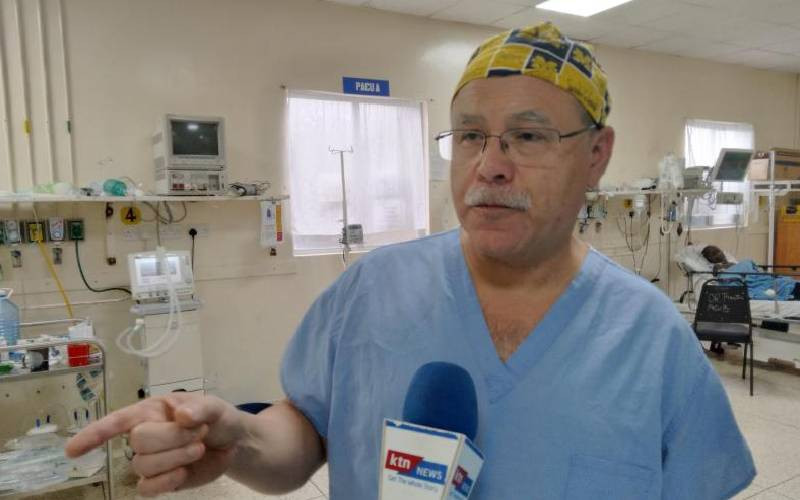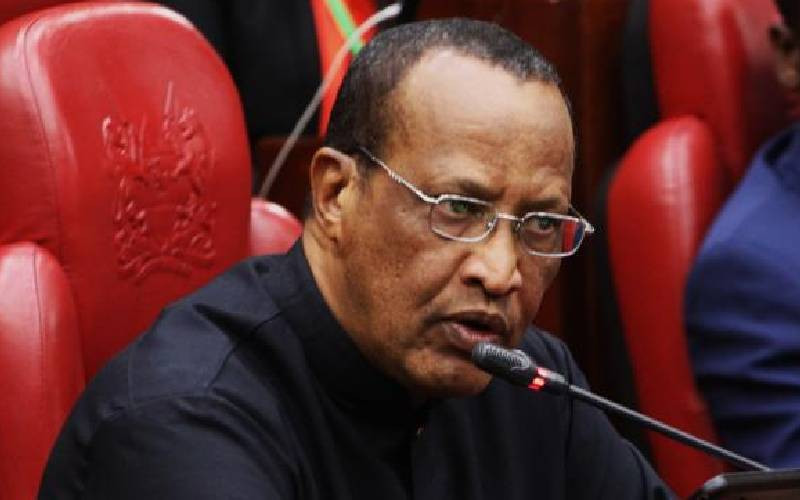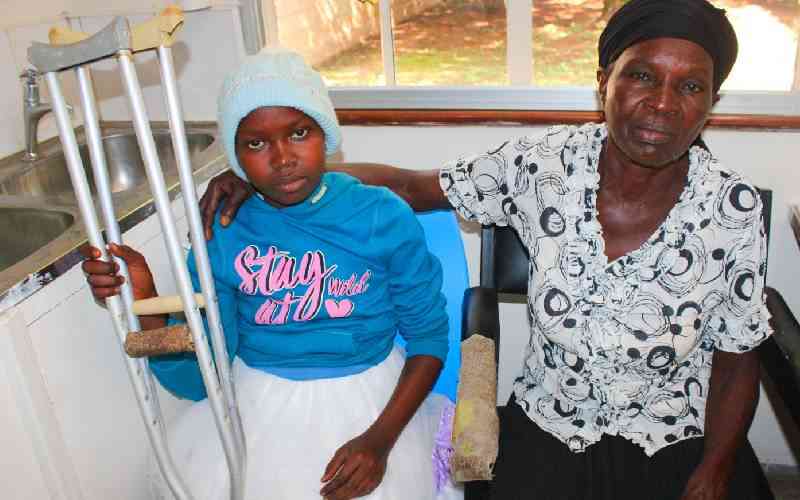NAIROBI, KENYA: Since January 2015, how much has your family spent on healthcare? By healthcare, I mean direct medical costs expended on consultation fees, inpatient care, or medication, whether purchased over the counter or following a doctor’s prescription.
Maybe you are among the lucky few who have insurance cover or perhaps your employer is picking up the tab! Good for you!
Now let’s aggregate these healthcare expenditures at a national level. In other words, we calculate how much government, donors, NGOs, employers, insurance and households spent in total on healthcare. We figure out which healthcare functions – curative outpatient, curative inpatient, or preventive care – are using up our budget and which illnesses are consuming the highest funds.
This is what it takes to develop Health Accounts.
The 2012-2013 Kenya health accounts provide some fascinating insights on health related expenditures. That’s equivalent to 7 percent of the country’s GDP or the total value of our production in agriculture, plus revenues from tourism and other sectors. Or in even more concrete terms, that’s seven times the cost of the Thika super highway, “our national pride” as President Kibaki called it in 2012.
Most of our health expenditure was recurrent; it was spent on salaries, allowances, drug supplies and other regular costs. Only 7 percent went to capital expenditure to improve the quality of healthcare by building new facilities or purchasing equipment to care for more people in the future.
We spent six out of every 10 health shillings of our recurrent expenditures on curative care but only 16 percent was spent on preventive actions such as vaccination, HIV/TB prevention, insecticide-treated nets and even epidemic preparedness. It is noteworthy that as a country, we devote a higher share of our health shillings (20 percent) on governance, health system and financing administration; in other words, paying people in the ministries of health who actually do not see any patients more than we spend on actually preventing diseases or promoting health.
Our recurrent health care is funded almost equally by households directly out of pocket (32 percent) and the government or our tax money (31 percent). Donor contributions are next, at relatively sizable 26 percent. Health insurance contribution to health funding of health in Kenya stands at a paltry 13 percent.
The National Health Accounts contain lessons for all of us. As a country, our health financing is too dependent on donor and personal funding; there is a need for greater outlays by government and insurance. The risk to our health system if donors opt against renewing funding, or decreasing their contributions, is substantive. We are only bound to get sicker.
Our research evidence provides a possible way forward; we see through our assessment of the national spending in Kenya that government can save money by being more efficient, and use those efficiencies as one of the ways to increase spending on health. We have a long way to go before we achieve our commitments under the Abuja declaration in 2001 to spend 15 percent of our national budget on health. In fiscal 2012-13, the latest year for which these data are available, we spent just 6 percent. And at the time, there were two health ministries. Fortunately, those two have been combined, which can only contribute to improved cost-efficiency. Other steps in the right direction are newly implemented policies that provide free maternal care in public facilities and free primary care in lower-level public facilities.
Therefore, it is important that a larger proportion of health be funded through insurance. It has been demonstrated all over the world that an increase in insurance coverage increases health services utilization and leads to better health for the population. Ghana and Rwanda have succeeded in establishing universal health care for their population and it is working. We can do it in Kenya, too, through the existing National Health Insurance Funds and private insurance mechanisms. Let’s get to it.
The Author is from the African Population and Health Research Center
 The Standard Group Plc is a multi-media organization with investments in media
platforms spanning newspaper print
operations, television, radio broadcasting, digital and online services. The
Standard Group is recognized as a
leading multi-media house in Kenya with a key influence in matters of national
and international interest.
The Standard Group Plc is a multi-media organization with investments in media
platforms spanning newspaper print
operations, television, radio broadcasting, digital and online services. The
Standard Group is recognized as a
leading multi-media house in Kenya with a key influence in matters of national
and international interest.











